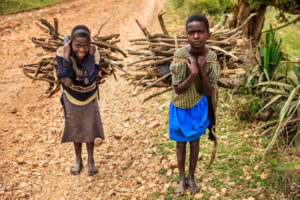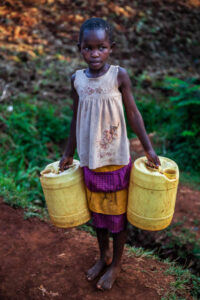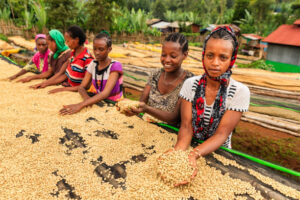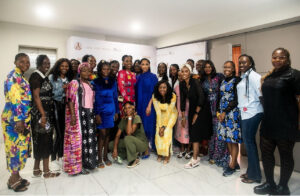Child labor remains a pervasive issue in many parts of the world, including Africa. Despite international efforts and significant progress in some areas, child labor continues to cast a dark shadow over the continent. While both boys and girls are affected, this article focuses on the plight of African girls subjected to exploitative work. This article sheds light on the challenges faced by African girls in the context of child labor, the root causes, and the urgent need for comprehensive solutions.

The Harsh Reality
In Africa, millions of girls are trapped in a cycle of child labor, often deprived of their basic rights, education, and a healthy childhood. These girls, as young as five years old, are found toiling in various sectors, from agriculture and domestic work to the informal economy. They work long hours in hazardous conditions, often for meager wages or, worse, no pay at all. The consequences of child labor on their physical and psychological well-being are dire, robbing them of a chance at a better future.
Root Causes of Child Labor
Understanding the root causes of child labor is crucial in combating this issue effectively. Several factors contribute to the prevalence of child labor in Africa:
1. Poverty
Poverty is perhaps the most significant driver of child labor. Families living in extreme poverty often have no choice but to send their children to work to make ends meet.
2. Lack of Education
Inadequate access to quality education perpetuates the cycle of child labor. Many girls are denied the opportunity to attend school, forcing them into exploitative labor.
3. Gender Inequality
Gender discrimination plays a significant role. Girls are more likely to be engaged in domestic work and are often subjected to sexual exploitation, further entrenching their vulnerability.

4. Cultural Norms
In some communities, child labor is deeply ingrained in cultural practices and traditions. Breaking these norms can be challenging.
5. Conflict and Displacement
In regions plagued by conflict and displacement, children, especially girls, are at a higher risk of being forced into labor as their families struggle to survive.
The Way Forward
Addressing child labor in Africa, particularly concerning girls, requires a multi-faceted approach:
1. Access to Quality Education
Governments and NGOs must work together to ensure that all African children, regardless of gender or socio-economic status, have access to quality education.

2. Poverty Alleviation
Poverty eradication programs should be implemented to support families and provide them with alternatives to child labor.
3. Legislation and Enforcement
Stronger legislation against child labor is necessary, along with rigorous enforcement to hold violators accountable.
4. Awareness and Advocacy:
Raising awareness about the consequences of child labor and advocating for the rights of children is crucial.
5. International Cooperation:
Collaboration at the regional and international levels is essential to combat child labor effectively.
The protection of African girls from exploitative child labor is a moral imperative. Every girl deserves the opportunity to grow up in a safe and nurturing environment, free from the burden of hazardous work. By addressing the root causes, enhancing access to education, and fostering international cooperation, we can take meaningful steps towards ending child labor and ensuring a brighter future for African girls.



